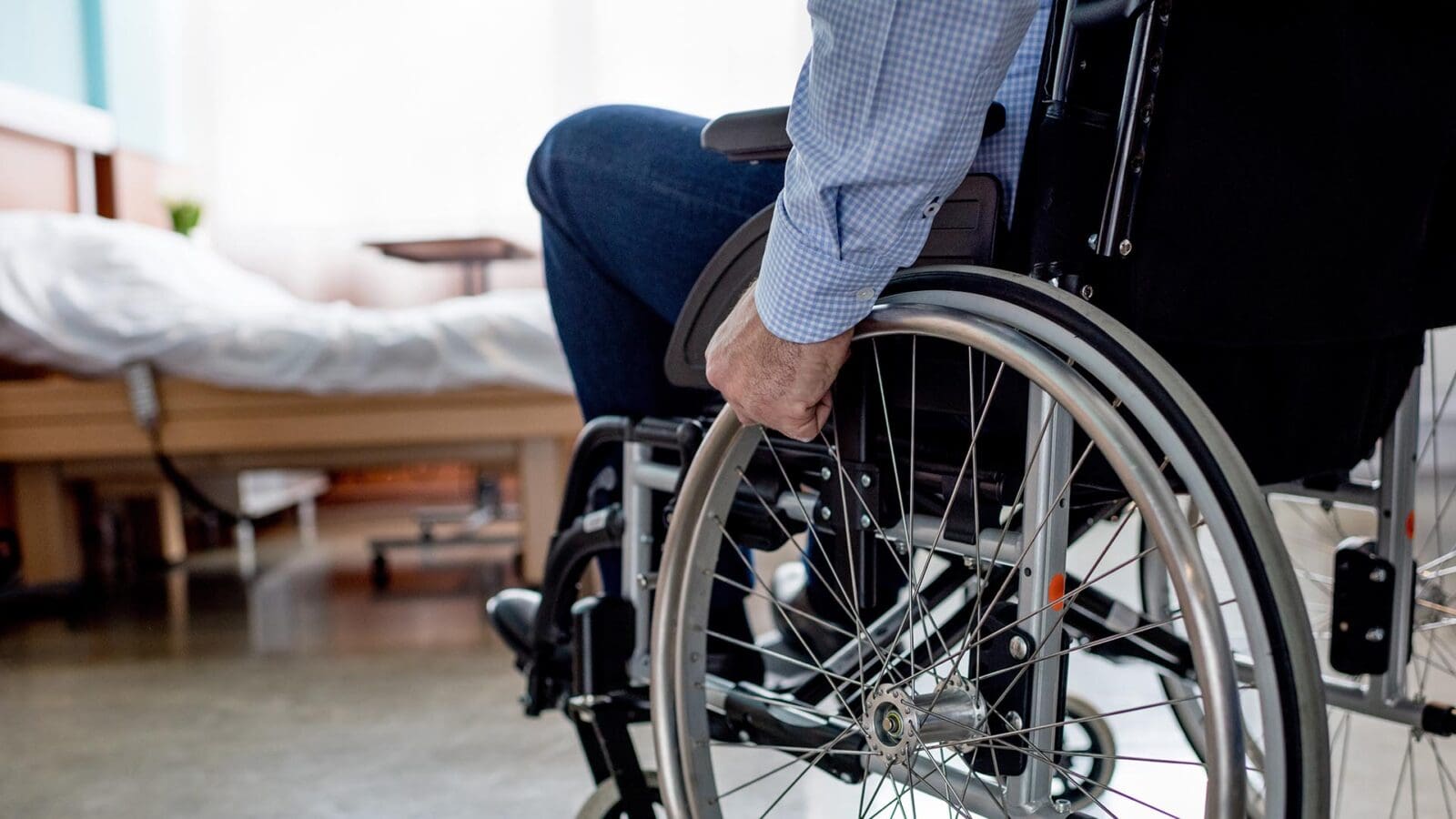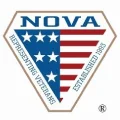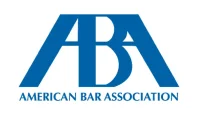Absolutely the best attorney for getting your VA benefits. After 7 years of denial, I found Brendan Garcia of VetLaw, He reviewed my case, set up a plan , scheduled my video hearing in front of a Veteran law judge, flew out to Phoenix to be there with me during the hearing. Hired a doctor to help draft a report to help my case. When all the smoked cleared, I’m now collecting max disability monthly, back pay beyond my wildest dreams. Brendan Garcia never stopped. He is an expert in Veterans law. Best decision of my life was to have him on my side. Bar none, Brendan is a terrific VA benefits attorney!
Lower back pain can negatively impact your quality of life, your ability to work, and your overall livelihood. This can be particularly frustrating if your pain was caused by your military service. While lumbosacral strain VA disability benefits are available to compensate veterans who experience persistent lower back pain, obtaining these benefits is an uphill battle. At VetLaw, our team of experienced attorneys has spent years representing veterans in all stages of the VA process and working diligently to secure disability benefits for those who need them most. To learn more about how we can help, consider contacting us today.
What Is Lumbosacral Strain?
Lumbosacral strain is a medical term that refers to an injury of the lower back. The lumbosacral area is located between the bottom of the ribcage and the top of the buttocks and is susceptible to very small tears in the muscles and tendons. This area is responsible for supporting your body and protecting the nerves that run through your back and spine. Given the importance of the lumbosacral area, experiencing pain or discomfort in this area can limit your ability to move and engage in everyday activities.
Also known as low back disorder, a lumbosacral strain can cause serious and persistent low back pain. The muscles and tendons in the lower back can be injured in a variety of ways, including the following:
- Sitting or standing in the same position for a prolonged period of time
- Poor posture
- Moving the muscles and tendons beyond their typical range of motion
- Not using the correct technique when lifting heavy objects, playing sports, or engaging in other physical activity
- Accidents or falls
The symptoms of a lumbosacral strain vary from person to person. Many times, symptoms can manifest in the following ways:
- Pain in the lower back, particularly on one side
- Limitations of movement
- Pain that worsens with movement and improves with rest
- Swelling and/or redness in the affected area
There are also certain risk factors that may predispose a person to a lumbosacral strain, such as excessive lower back curvature, weak muscles of the back or abdomen, or a forward-tilted pelvis. Veterans commonly experience back pain issues, including lumbosacral strains, as a result of their military service. Oftentimes, this is due to a specific injury or the general wear and tear of regular physical activity. Whatever the reason, a lumbosacral strain can greatly impact a person’s life, work, and overall well-being. It is for this reason that many veterans apply for lumbosacral strain VA disability benefits.
Does the VA Consider a Lumbosacral Strain to be a Disability?
Yes, the VA does consider a lumbosacral strain to be a disability. To qualify for disability benefits, you must establish that your physical condition is a result of your time in service. The following are used to establish a connection between your lumbosacral strain and military service:
- A diagnosis of a lumbosacral strain
- Evidence of an in-service event, injury, or illness
- A medical nexus that links your condition to the in-service occurrence
In the majority of situations, VA will schedule a Compensation & Pension examination. If a VA examiner determines it is as likely as not that your lower back pain was caused or made worse by your time in your service, they will issue a positive medical nexus. You may also choose to obtain your own medical nexus opinion from an outside provider.
What Is the VA Rating for a Lumbosacral Strain?
You will be assigned a VA rating for lumbosacral strain based on 38 CFR § 4.71, which establishes a Diagnostic Code for diseases and injuries of the spine. The ratings range from 0% to 100% and are assigned in increments of 10. The following criteria are used to establish your lumbosacral strain VA rating:
- 10% rating will be assigned if you are able to bend your lower and middle back forward at least 60 degrees but no more than 85 degrees, if your whole back can move forward and backward more than 120 degrees but less than 235 degrees, you have a fracture in your vertebrae that causes a loss of at least 50% of the original height, and your muscles are tight but do not impact your walk or the bend in your spine.
- 20% rating will be assigned if you are able to bend your lower and middle back forward at least 30 degrees but no more than 60 degrees, your entire back cannot move forward and backward more than 120 degrees, and muscle tightness causes you to have an abnormal walk or bend in the spine.
- 40% rating will be assigned if you can bend your middle and lower back 30 degrees or less and your thoracolumbar spine is stuck in a neutral position.
- 50% rating will be assigned if you suffer from unfavorable ankylosis (stiffness and rigidity of the bones) in your middle and lower back.
- 100% rating will be assigned if you suffer from unfavorable ankylosis of the entire spine.
Can You Receive TDIU or SMC Benefits for a Lumbosacral Strain?
We often receive questions about whether it is possible to obtain a Total Disability based on Individual Unemployability (TDIU) rating or Special Monthly Compensation (SMC) benefits for a lumbosacral strain. A TDIU rating is issued in situations where a veteran is entirely unable to work due to their injuries or condition. To qualify for a TDIU rating, you must generally prove that (1) you suffer from at least one service-connected disability with a rating of 60% or two or more service-connected disabilities with one rated at least 40% and a combined rating of at least 70% and (2) you cannot maintain substantially gainful employment due to your service-connected disability. Based on these eligibility requirements, it is possible for you to receive a TDIU rating for a lumbosacral strain. Even if you do not meet the percent-based qualifications, you may also qualify for extraschedular TDIU if your lumbosacral strain is severe enough to preclude employment.
Veterans who suffer from severe lumbosacral strains may also qualify for Special Monthly Compensation (SMC) benefits. If you require aid and attendance, for instance, you may be able to apply for SMC benefits which are paid in addition to your base lumbosacral strain VA disability benefits. These additional benefits are only available in special circumstances, and your VetLaw attorney can provide further insight into whether you qualify for SMC benefits.
What Should You Do If Your VA Claim for a Lumbosacral Strain Is Denied?
If your VA claim for a lumbosacral strain is denied, there are several appeal options available that can be used to continue your case. Depending on the circumstances of your case, you may appeal using any of the following methods:
- File a Supplemental Claim to provide new evidence for your claim
- Request a Higher-Level Review to reassess the decision
- Appeal to the Board of Veterans’ Appeals for a direct review, evidence submission, or a hearing with a Veterans Law Judge
Hiring an Attorney Near You to Help with Your VA Appeal for a Lumbosacral Strain
If you are suffering from lower back pain that impacts your day-to-day life, you may be entitled to lumbosacral strain VA disability benefits. Unfortunately, the process of applying for and obtaining VA disability is complex and difficult, and many veterans are unfairly denied the benefits they deserve. At VetLaw, we understand how to increase a low VA rating for lumbosacral strain, appeal denied VA claims at every level, and secure benefits for our clients. To learn more about how we can help you, consider contacting us for a free case review today.










